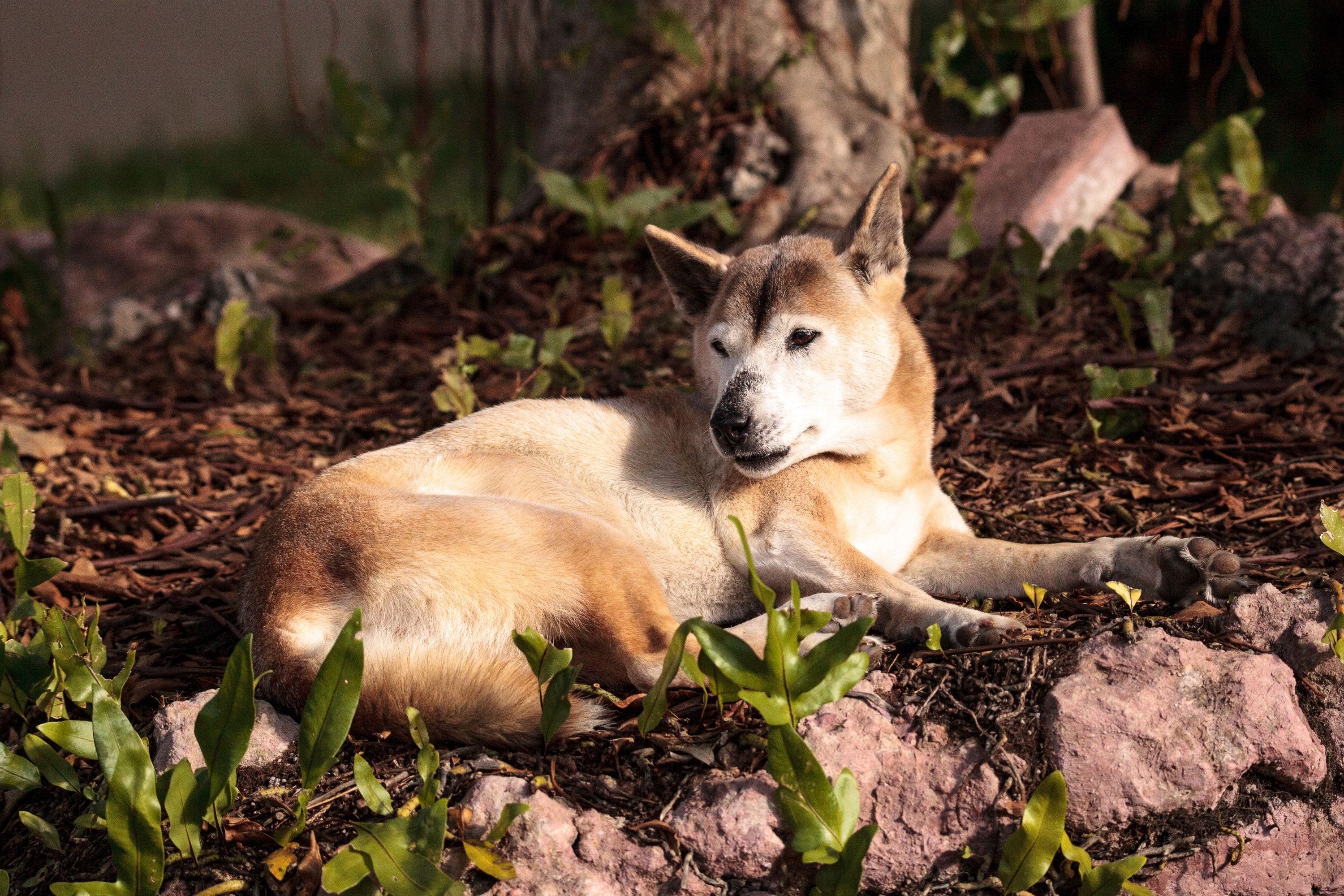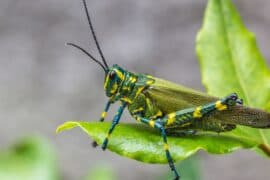New Guinea singing
(New Guinea singing)

Description
The New Guinea singing dog (NGSD) is a rare and ancient breed of dog, with unique vocalizations that have earned them their name. This breed has captured the attention of dog enthusiasts and researchers alike due to their intriguing behavior and genetics. In this article, we will delve into the history, behavior, appearance, and current status of the NGSD. History and Origin The NGSD is believed to be one of the oldest domesticated dog breeds in the world, with a history dating back over 6,000 years. These dogs are native to the highlands of Papua New Guinea and are thought to have been domesticated from the ancestral wild dogs of the region. The NGSD was first brought to the attention of the Western world in the 1950s, when zoologist Tim Flannery encountered a pack of these dogs during a field trip. Flannery was fascinated by their unique vocalizations and behavior, and he went on to conduct extensive research on the breed. Behavior and Temperament The NGSD is known for its distinct vocalizations, which range from high-pitched howls to complex patterns of yips and barks. These dogs are highly social and often communicate with one another through these vocalizations. They are also known to be intelligent and curious, with a strong prey drive. NGSDs are not typically kept as pets and are considered a wild animal in their native habitat. However, some individuals have been bred in captivity and may make suitable pets for experienced dog owners. These dogs require a lot of socialization and training from a young age to ensure that they become well-behaved and well-adjusted adults. Appearance The NGSD is a medium-sized dog, weighing between 20 and 30 pounds and standing 12 to 18 inches tall at the shoulder. They have a distinctive appearance, with a narrow, wedge-shaped head, erect ears, and a curled tail. Their coat is typically short and dense, with a red or yellow coloration and white markings on the chest, feet, and tail. Current Status The NGSD is listed as critically endangered by the International Union for Conservation of Nature (IUCN) due to habitat loss, hunting, and interbreeding with feral dogs. It is estimated that there are fewer than 300 purebred NGSDs left in the world, with the majority of these individuals living in captivity. Efforts are currently underway to conserve and protect the NGSD, including captive breeding programs and habitat conservation initiatives. These dogs are also the focus of ongoing research into their genetics and behavior, which may provide valuable insights into the evolution of domestic dogs. Conclusion The New Guinea singing dog is a unique and fascinating breed with a long history and a threatened future. While they are not typically kept as pets, these dogs have captured the attention of researchers and dog enthusiasts around the world due to their intriguing behavior and genetics. Efforts to conserve and protect this breed are ongoing, and it is hoped that through these efforts, the NGSD will continue to thrive for generations to come.
Taxonomic tree:







